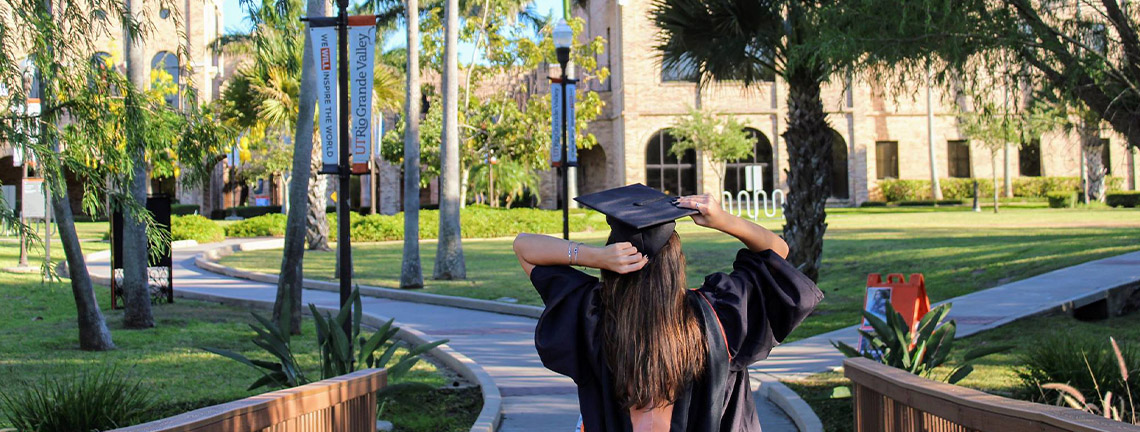
Theses and Dissertations
Date of Award
5-2022
Document Type
Thesis
Degree Name
Master of Science (MS)
Department
Biology
First Advisor
Dr. Jason Parsons
Second Advisor
Dr. Arnulfo Mar
Third Advisor
Dr. Boris Ermolinsky
Abstract
Phytoremediation provides a cost-effective, non-invasive technique to remove contaminants from the soil and groundwater. Sunflowers are fast growing and have a showed effective at removing various pollutants from soil, including lead and other heavy metals. Health issues related to arsenic are mainly attributed to exposure of arsenite, whereas arsenate is much less toxic. The common sunflower Helianthus annuus was the species used to remove both arsenic (III) and As(V) ions from hydroponics solutions. In the present study sunflower seeds were germinated for a week, placed under the sun for a day and subsequently placed in a nutrient solution to aid the growth of the plant. After one week of growth in the nutrient solution the sunflowers were transferred to nutrient solution contaminated with either arsenite or arsenate (at concentrations of 1 ppm, 3 ppm and 5 ppm arsenic) . The capacity of the sunflowers to absorb and store arsenic was determined based on a dry mass biases. The sunflower plants were dried and digested in nitric acid and analyzed with a Perkin Elmer Optima 8300 Inducted-Coupled Plasma Optical Emission Spectroscopy (ICP-OES) for arsenic, macronutrient and micronutrient content. The samples analysis were performed based on three different section of the plants, which were roots, stems and leaves.
Recommended Citation
Vazquez Hurtado, I. A. (2022). Removal of Arsenic (III) and Arsenic (V) from Aqueous Solution via Common Sunflower Helianthus annuus by Phytoremediation [Master's thesis, The University of Texas Rio Grande Valley]. ScholarWorks @ UTRGV. https://scholarworks.utrgv.edu/etd/989
Included in
Biology Commons, Environmental Sciences Commons, Pharmacology, Toxicology and Environmental Health Commons


Comments
Copyright 2022 Irving A. Vazquez Hurtado. All Rights Reserved.
https://go.openathens.net/redirector/utrgv.edu?url=https://www.proquest.com/dissertations-theses/removal-arsenic-iii-v-aqueous-solution-via-common/docview/2707898354/se-2?accountid=7119